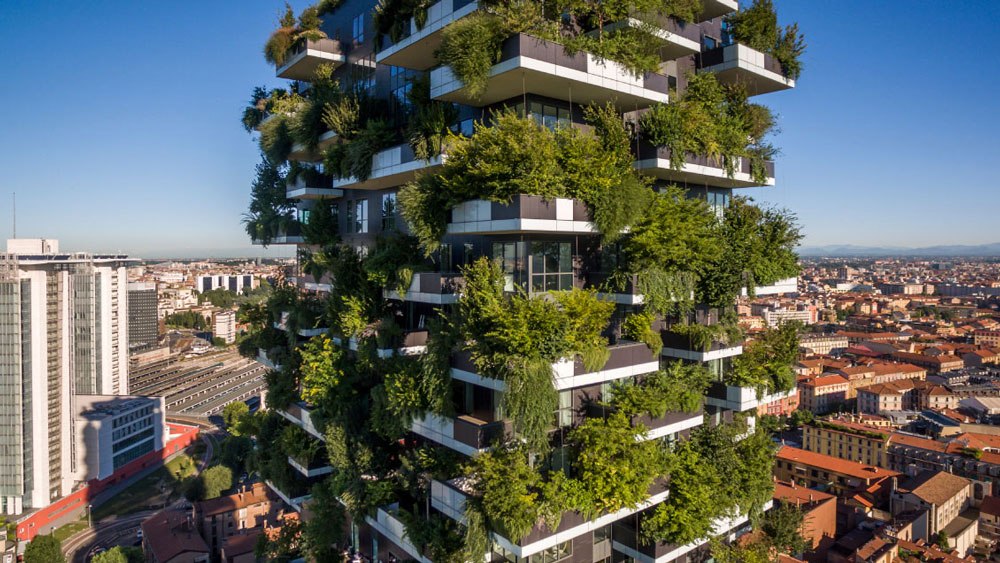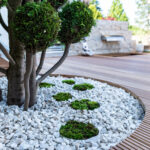There is not a single building in the world that does not have an impact on the environment. That being said, the way we build can make a great contribution toward reducing this impact.
In LEED, which is the most widely used green building rating system in the world, the certification levels are determined according to the total number of points a project receives, and the Energy and Atmosphere credit category contains the highest total points among the credit categories. This is because energy use and the burning of fossil fuels are the biggest contributors to global warming. And green buildings need to use less energy and preferably use energy from sustainable energy sources.
According to the study of the New Buildings Institute, LEED-certified projects use 24% less energy than regular buildings. Almost half of the green buildings in the study achieved an ENERGY STAR Portfolio Manager score of 75 or above, with an overall average score of 68. The ENERGY STAR Portfolio Manager is an interactive, online management tool that enables the tracking and assessment of energy and water consumption. It was set up by EPA as a part of the ENERGY STAR program.
The New Buildings Institute study also found that a significant percentage of buildings underperformed their benchmarks. This is why commissioning building systems and monitoring their performance is very important to ensure that the set benchmarks turn into actual performances. But how does LEED establish energy use reduction in green buildings?
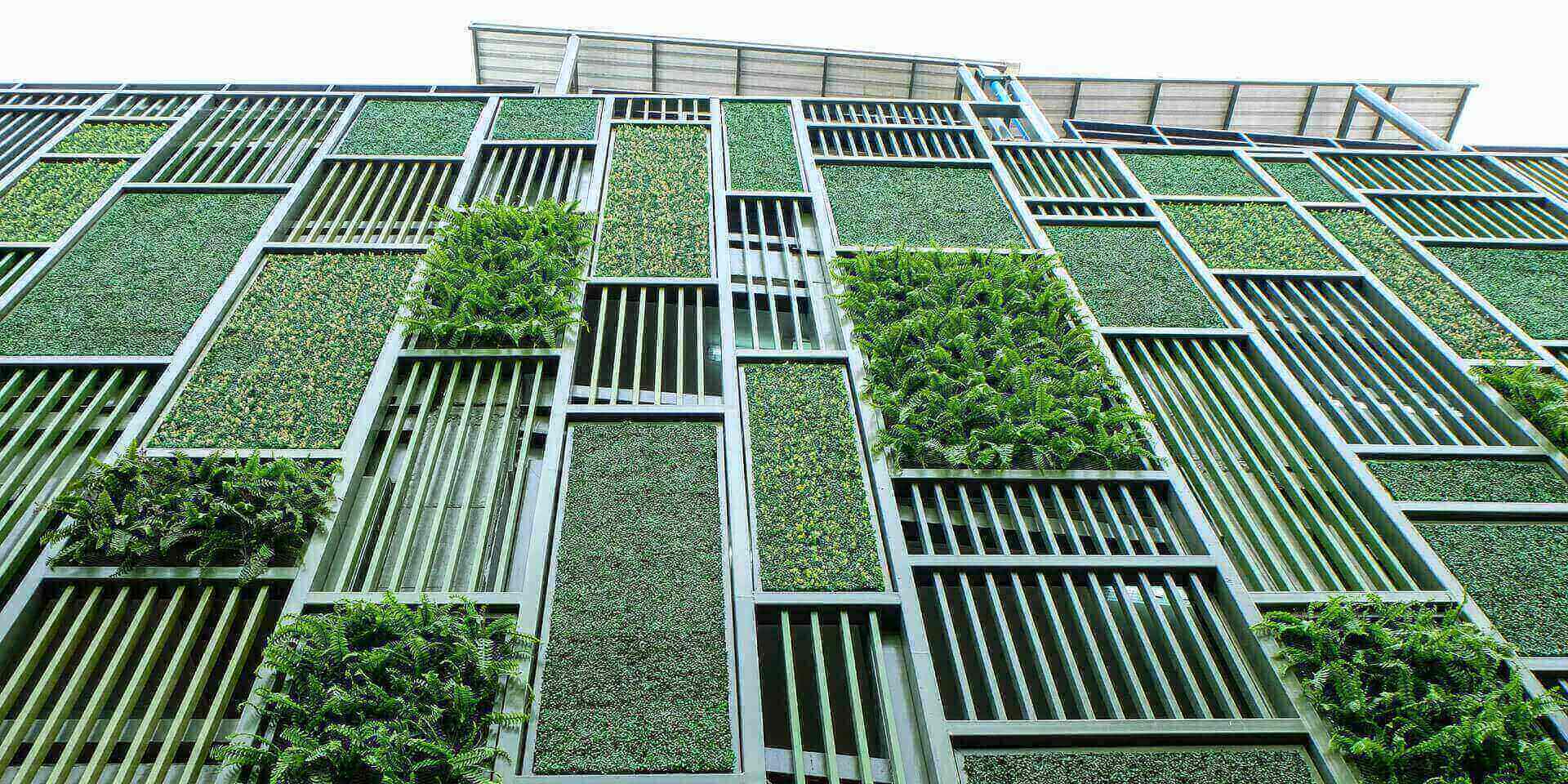
Green building projects need to set goals for saving energy. For the LEED certification, projects will gain points according to their percentage energy reductions from their baseline energy usage by trying different design alternatives and products. After reducing energy demand, the project team should look for ways to improve energy efficiency, which will result in doing the same amount of work with less energy.
With the integrated process, the project teams can employ synergic strategies. An example of a synergic strategy may be to install a building envelope that can result in installing a smaller HVAC system because of the high level of insulation provided by the envelope.
In 2005, the US Department of Energy estimated that 40% of the energy used to heat and cool the average building was lost to air leaks in the building envelopes. Building envelope problems can lead to high operating costs, uneven building temperatures, poor indoor air quality, building deterioration, noise, and other effects.
When choosing HVAC equipment, a project team needs to pay special attention to its operating efficiencies. The initial cost made for an efficient HVAC system will have a short payback period and will result in energy savings through the entire life cycle of the equipment. In the United States, HVAC systems account for 30% of the energy used in commercial buildings and nearly 50% of the energy used in residential buildings.
Increasing the thermal mass of a building is another strategy for downsizing the HVAC equipment. Thermal mass is the ability of a material to absorb and store energy, and in most buildings, a lot of heat is required to change the temperature of high-density materials such as concrete and brick. Using thicker exterior brick or similar exterior building layers will result in less electricity usage for the HVAC, as these materials slowly absorb and store heat during the day while keeping the inside temperatures the same.
In appropriate climates, using natural ventilation can be another great strategy to reduce energy usage and provide fresh air to the building occupants. By just providing an adequate number of windows and openings, natural ventilation can be acieved.
For some buildings, lighting can be the biggest contributor to a building’s energy use. Energy is both used for powering the lights and to offset the increased cooling loads resulting from the heat of the lighting. Daylighting is surely the best strategy, as it saves energy and increases the well-being of building occupants.
For artificial lighting, selecting appropriate light bulbs is one of the factors that will affect energy efficiency. Incandescent lights will consume more energy and release more heat than other lights. Compact fluorescent lights, high-intensity discharge lamps, and light-emitting diodes (LEDs) can produce more light with less electricity. Using old fluorescent lights is also not a good option. It would be better to replace the existing ones with the new technology fluorescent lights, which will return the outlay costs in a very short period of time.
By installing an adequate number of lighting controls for individual users—made up of photosensors, timers, occupancy sensors, and advanced lighting controls—projects can cut down their lighting costs since these devices will shut off lights when lighting is not needed.
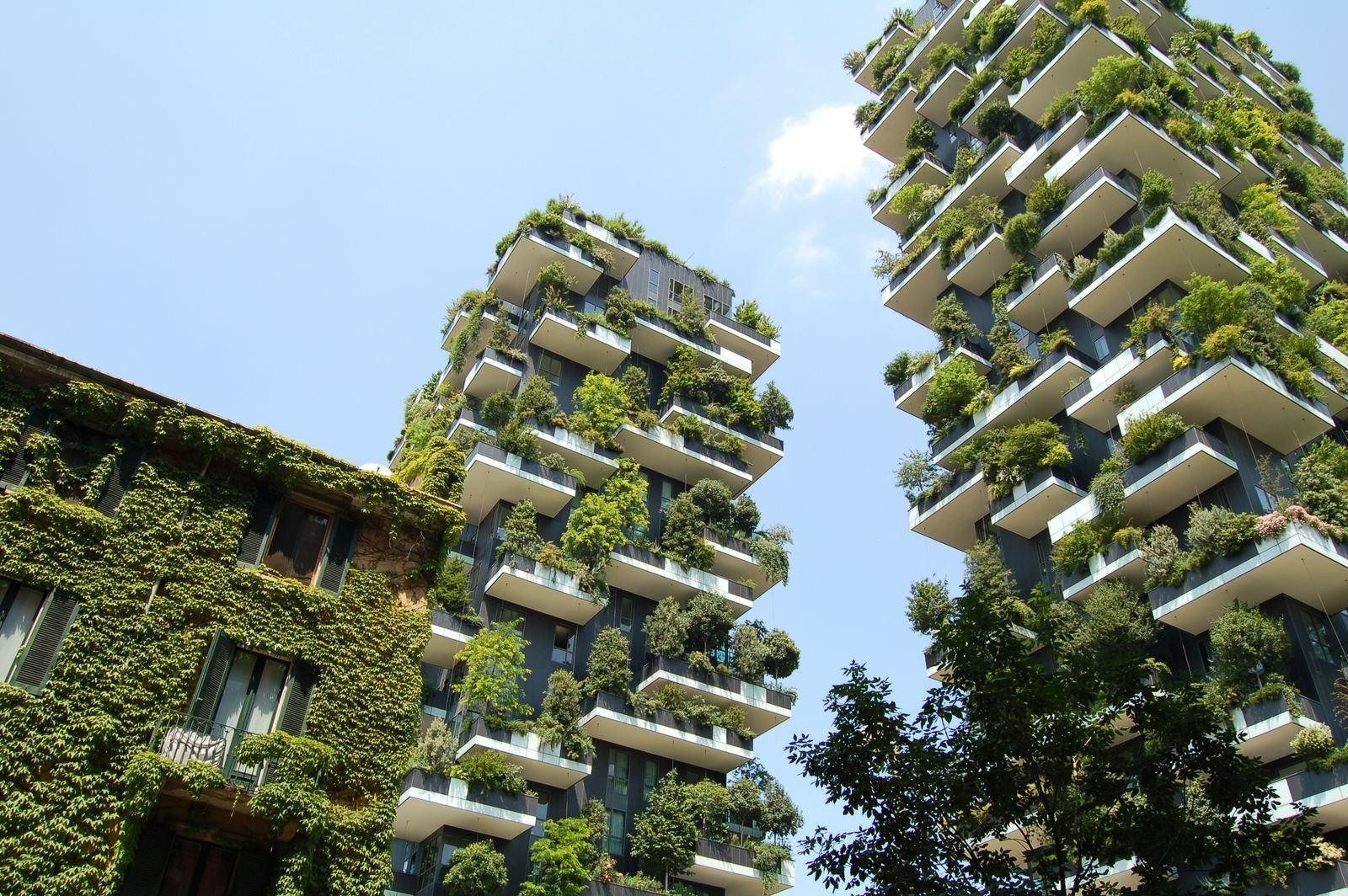
When choosing appliances for building use, project teams need to consider the energy efficiencies of different alternatives. Appliances with ENERGY STAR labels can be a smart choice since their energy-efficiency criteria have been established by the US Department of Energy and US Environmental Protection Agency.
Monitoring and verifying building efficiency performance is essential to ensuring that the building systems are functioning as designed. This can be established through control systems, a building automation system, and commissioning and retrocommissioning. Retrocommissioning is a systematic process for analyzing and optimizing building system performance.
A building automation system, which is a computer-based monitoring system that can monitor, coordinate, and control every individual building system, helps reduce energy usage by identifying faulty building systems or equipment or can track the energy use of all individual items. A building automation system would enable the facility manager to find innovative solutions to address the items with excessive energy usage.
With the mentioned strategies, buildings can reduce their energy demand. However, the buildings will still need energy to function, and this energy will probably come from nonrenewable energy resources.
If project teams also choose to use renewable energy, the resulting carbon dioxide emissions from building use can be much lower and they can also gain even more points towards the LEED certification.
Renewable energy is a type of energy that derives from renewable sources. Renewable energy includes solar, wind, wave, biomass, and geothermal power, plus certain forms of hydropower. The use of renewable energy sources avoids the environmental impacts associated with the production and consumption of nonrenewable fuels, such as coal, nuclear power, oil, and natural gas.
It is also very important to note that a green building is not completed at the end of the construction phase. During the building operations phase, it is critical to ensure that a project functions as designed, and it should additionally sustain this performance over time. Performance goals that were set during planning and design may be undermined by construction defects or equipment malfunctions. The entire building should be monitored and verified with the aim of identifying and resolving any problems as they arise.
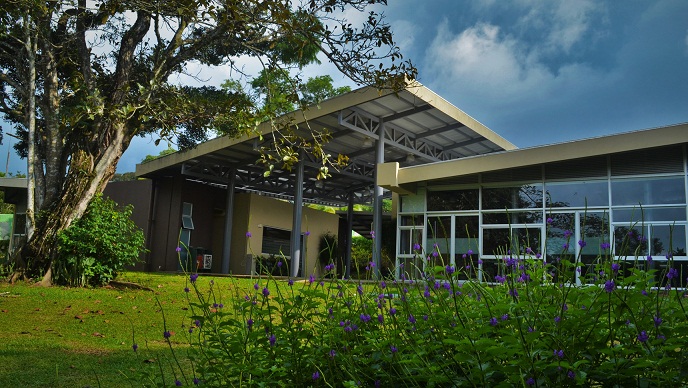
The actual performance of the building should be compared with building performance measurements from an energy simulation or an industry benchmarking tool. EPA’s ENERGY STAR Portfolio Manager comes in very handy, from which users enter data for energy consumption, along with other supporting information, into a free online tool. Portfolio Manager then evaluates the actual performance of the building against that of others with similar characteristics.
Currently there are many strategies to go green and LEED can be a good reference to start your journey. LEED-certified buildings are proven to be environmentally friendly and to respect human health. However, there are other major benefits of a LEED certification that can be summarized as money savings over the lifetime of a project, increased project value, and increased building occupant satisfaction.
If you are in the design or construction industry, you can even think about earning a LEED credential to help other projects go green and enhance your career. All you need to do is study for your LEED exam and become a LEED Green Associate or a LEED Accredited Professional.
Author: A. Togay Koralturk
Author of LEED Complete Study Guides
LEEDUCATE Inc. | LEED Exam Prep Provider
